
As referred to in other features in this special issue, the assessment of axial length is now considered essential for assessing myopia progression and the effect of any therapy. To quote directly from recently published guidance for European practitioners involved with myopia management: ‘Axial length is the most important metric to monitor in pre-myopic and myopic children.’1
Axial length has long been an important measurement in biometry and, well before the rise of myopia management, was a key part of pre-surgical assessment where cataracts were to be replaced with an appropriately powered intraocular lens. Initially undertaken by contact ultrasonography, the introduction of optical systems in the 1990s greatly improved accuracy and repeatability in the measurement of on-axis dimensions of eyes (figure 1). One of the major players in this field was the Haag-Streit Lenstar, the latest incarnation of which (the Lenstar 900) is to be found in hospital eye units throughout the UK.
The Lenstar Myopia
New to the UK market is the Lenstar Myopia (figure 2), a variation of the 900 designed for the accurate measurement and sequential monitoring of those parameters that best reflect myopia. Gone are functions such as anterior imaging and measurements of central corneal and lens thickness, and white-to-white and intra-ocular lens power calculations. Instead, the unit focuses on axial length, vitreous cavity and keratometry, the measurements captured simply with one click of the button on the joystick once the instrument is suitably aligned.
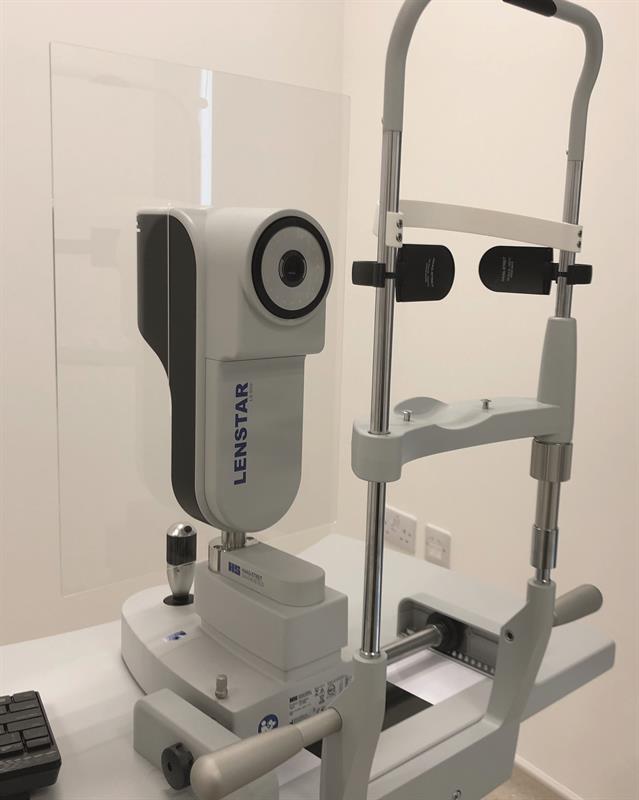 Figure 2: The Lenstar Myopia; measurement
Figure 2: The Lenstar Myopia; measurement
with one click of a button
As useful as these measurements are for assessing levels of myopia at any one sitting, it is the linking of the Lenstar Myopia with the new Myopia suite software that greatly increases the ways the instrument can be used, both in measuring progress over time and in predicting future values. Being able to accurately predict the likely extent of myopia in future in a way that is easily understood by a patient is key to patient recruitment and compliance.
Once the objective, subjective or cycloplegic refractive data is input for any given date, the software can then show the predicted refraction change over time with any of the currently used interventions and also with different environmental influences, such as age of myopia, outdoor activity and reading behaviour (figure 3).
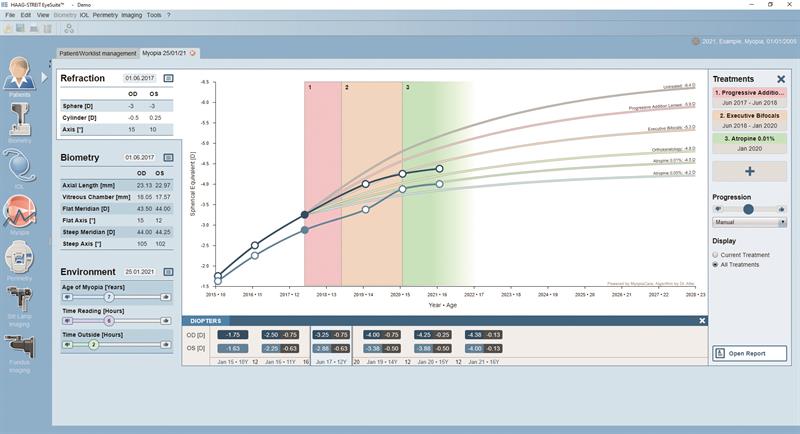 Figure 3: Refractive error profile with different therapies and environmental influences
Figure 3: Refractive error profile with different therapies and environmental influences
Importantly, as new research is published, it is possible to update the treatment preferences as new data and efficacy information comes to light (figure 4).
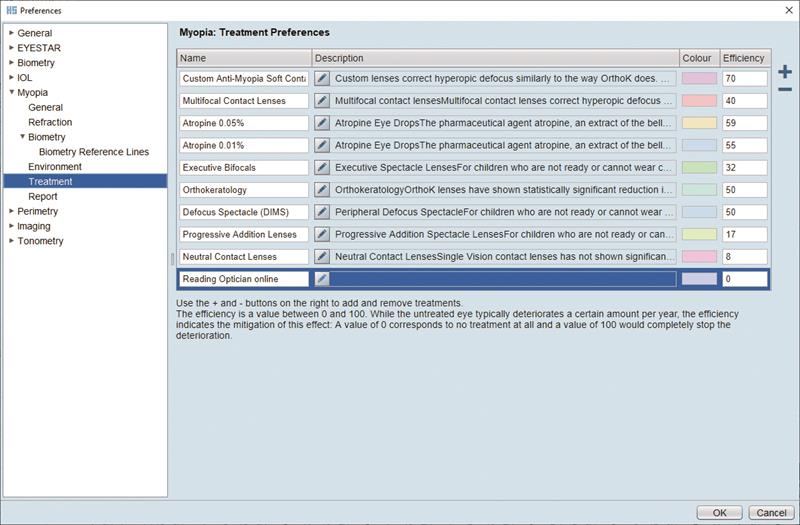 Figure 4: Adding data from the fictional ‘Reading Optician’ trial
Figure 4: Adding data from the fictional ‘Reading Optician’ trial
Axial length curves can be shown based on data from the metanalysis undertaken at the Erasmus Medical Centre, Rotterdam which also included cases from the UK-based Avon Longitudinal Study of Parents and Children (ASPAC). These curves can be shown to reflect the influence of ethnicity (figure 5) or to reflect the data from the probability study undertaken by Tideman (figure 6).2
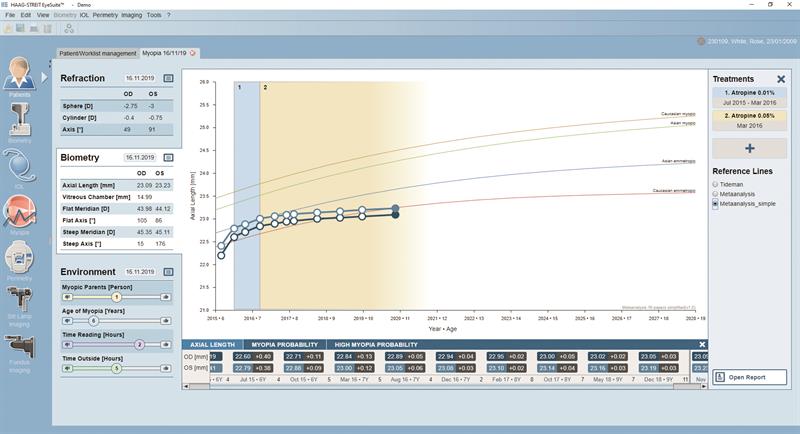 Figure 5: Axial length meta-analysis with ethnicity influence
Figure 5: Axial length meta-analysis with ethnicity influence
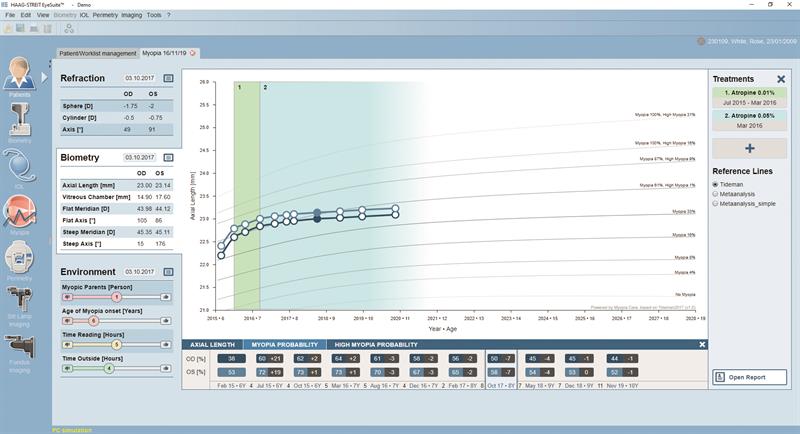 Figure 6: Axial length trends based on the Tideman data2
Figure 6: Axial length trends based on the Tideman data2
These axial length reference lines can be toggled between easily, while below is shown the risk of future myopia. Figure 7 shows the environmental influences overlaid on the projections and these can be adjusted to help demonstrate to the patient the influence of behaviour change.
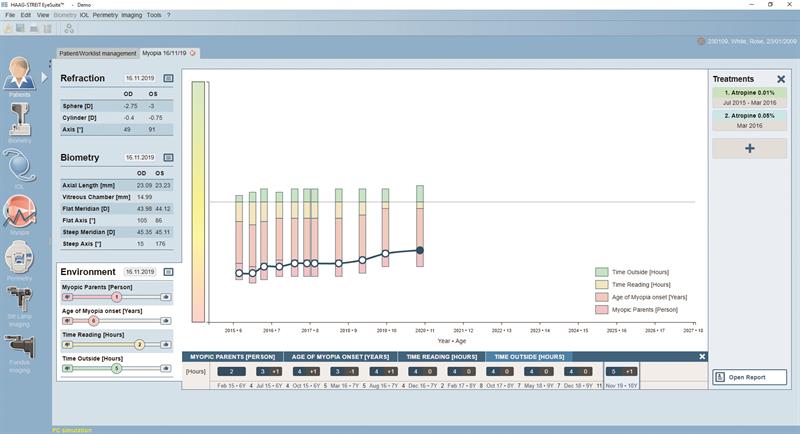 Figure 7: Quantifying risk with environmental influence change
Figure 7: Quantifying risk with environmental influence change
Patient Education
What I really like about the new Lenstar Myopia is the way it can be customised to include your own text and images (figure 8) to then produce a report that is easily understood and will help to reinforce the behaviours being recommended throughout therapy (figure 9).
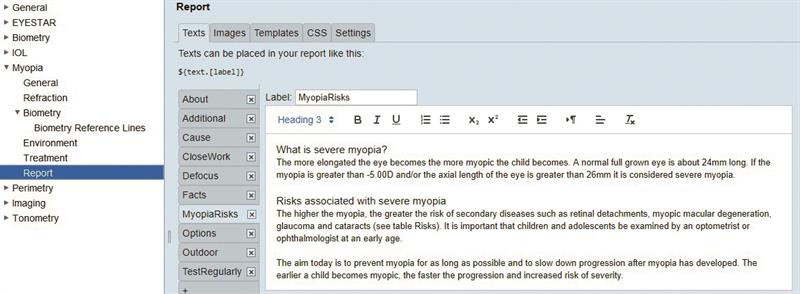
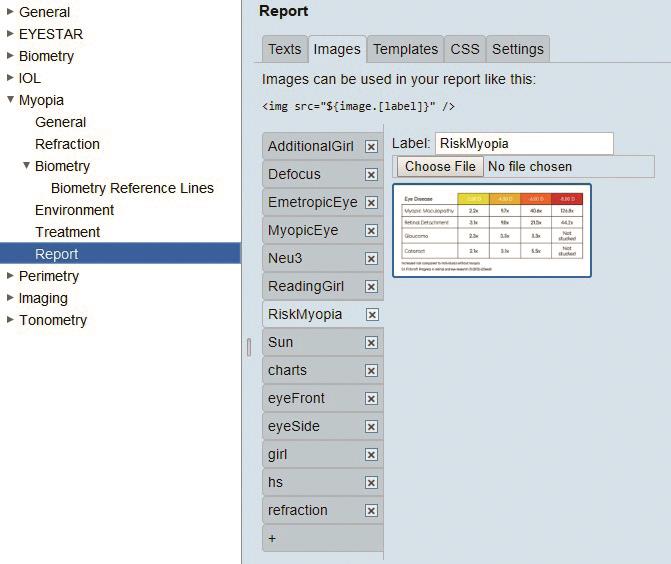 Figure 8: A report can be customised with (top) your own text and (bottom) your chosen images
Figure 8: A report can be customised with (top) your own text and (bottom) your chosen images
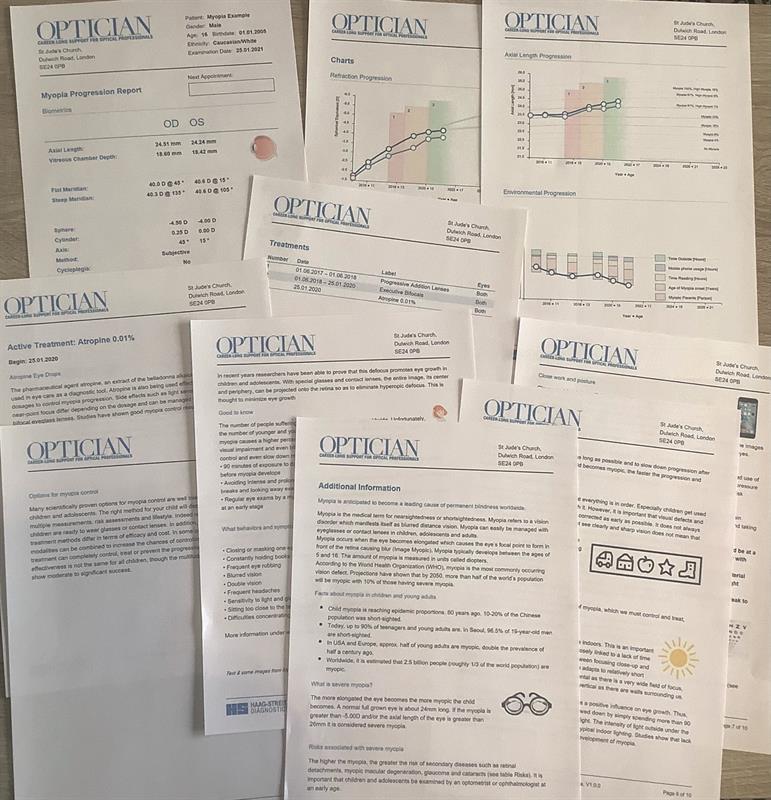 Figure 9: The customised report can be comprehensive, easily understood and interesting enough to be effective
Figure 9: The customised report can be comprehensive, easily understood and interesting enough to be effective
Thanks to its ease of use, accuracy and adaptability to suit
your practice, the Lenstar Myopia is undoubtedly an important new addition to the armoury of the myopia management
clinician.
References
- Németh J, Tapasztó B, Aclimandos WA, et al. Update and guidance on management of myopia. European Society of Ophthalmology in cooperation with International Myopia Institute. European Journal of Ophthalmology. March 2021. doi:10.1177/1120672121998960
- Tideman JWL, Polling JR, Vingerling JR, et al. Axial in length growth and the risk of developing myopia European children. Acta Ophthalmologica, 2018; 96: 301–303
- The author would like to thank Sam Laidlaw, Haag Streit UK, for his assistance with this article.
- The publication of this paper coincides with the launch of Biometry Focus Month, a Haag-Streit Focus Event. To register to take part in the various online events on offer, go to www.haag-streit.com/haag-streit-diagnostics/campaigns/biometry-focus-month.
